|
There are 250 indigenous grape varieties officially registered in Portugal, many of which cannot be found anywhere else in the world. The Alvarinho, Baga and Touriga Nacional grapes are probably the most widely known by name. A lesser-known grape by the name of Alicante Bouschet is my focus today. Portugal is divided into fourteen regional wine areas, each with its own unique geography and climate. The Alentejo wine region covers a third of Portugal in the southern half of the country and enjoys a Mediterranean climate. The wines produced here come in a range of styles, influenced by the diversity of the climate and soil. The soil of Alentejo varies throughout its eight sub-regions. In fact, it has the most diverse soil of any region in Portugal. Interspersed amongst the mountains, hills and valleys, one can find soil with clay, limestone, quartz, granite, schist, sandstone and marble. Most of the soils are non-calcareous, meaning they are neutral or more acidic. Alentejo has 51,000 acres of planted vines that enjoy 3000 hours of sunshine annually. More than 80% of the grapes grown here are red, but whites are gaining momentum, especially Antão Vaz, the star grape of the region. And speaking of stars, Alicante Bouschet is the signature red grape of the Alentejo region. Alicante Bouschet is a teinturier grape variety. Simply put, the flesh and juice are red in color. There are very few red grapes that have red flesh. Most wine grapes have white flesh and juice, even the dark-skinned grapes. Alicante Bouschet is the result of a French crossbreeding of Petit Bouschet and Grenache. It was introduced to Alentejo over 100 years ago and first planted at Herdade do Mouchão. Alicante Bouschet’s nickname is “Tinta de Escrever” (writing ink) for its production of inky colored red wine. In addition to its distinctive inky color, Alicante Bouschet wines are fruit forward and laden with dark fruit, spice and noted for their massive structure and firmness. I received five samples of Alicante Bouschet from Alentejo for review. They were all impressive! Herdade Do Rocim Alicante Bouschet 2016 is 100% Alicante Bouschet manually harvested from the winegrowing sub-region of Vidigueira located in Southern Alentejo. It has the most temperate microclimate of the region and the soil is predominately granite and schist. Fermentation takes place in stone lagares and the wine is aged in French oak barrels for 12 months and bottle aged for 6 months. Aromas of dark cherry, berries and hints of violets segue onto the palate with black and red fruit, spice and fennel with lingering notes of plum and dark cherry. Nice acidity balanced with firm tannins add to the quality of this wine. Alcohol: 14.5% SRP: $20 Casa Relvas Herdade De São Miguel Alicante Bouschet 2015 is 100% Alicante Bouschet mechanically harvested at night from the winegrowing sub-region of Redondo. Vines grow in soils of clay and schist. Fermentation takes place in stainless steel vats with maturation in French oak. The nose offers fresh ripe fruit, blackberry, baking spice and earth. Cherry, plum, pomegranate, hints of herbs and lots of spice spill onto the palate with a satisfying finish of balanced acidity and tannins. Alcohol: 15% SRP: $23 Herdade Dos Grous Moon Harvested 2016 is 100% Alicante Bouschet hand-harvested at night from the Albernoa based vineyards in lower Alentejo. According to the winery, “the grapes are hand-picked in the cycle of greater influence of the moon in sap transport.” Vines grow in sedimentary schist and greywacke soils. Fermentation and maceration begin in traditional lagares (containers made of granite) and ends in new French oak barrels, aging there for 12 months. Concentrated aromas of dark berries, cassis, baking spice and vanilla envelop the nose. Layers of dark cherry, plum, blackberry and pepper tease the palate with a nice balance between the tannins and acidity. A silky mouthfeel and long finish add to the richness of this wine. Alcohol: 14% SRP: $25 Dona Maria Grande Reserva 2012 is a blend of 50% Alicante Bouschet 20% Petit Verdot, 20% Syrah and 10% Touriga Nacional. The grapes are selected from old vines in the northern Alentejo area of Estremoz where the soil is clay and limestone. The grapes are vinified in ancient marble lagares using the traditional foot-treading method and the wine is aged in new French oak barrels for one year. Heady aromas of dark fruit, floral, anise and cocoa lead the way to an intense palate of dark ripe fruit, spice, hints of violet, vanilla and smooth tannins. The finish is long with a lingering taste of dark cherry. Alcohol: 14.5% SRP: $45 Herdade do Mouchão Red 2013 is 100% Alicante Bouschet sourced from the Carapetos Vineyard, the estate’s oldest vineyard planted in 1988 in northern Alentejo’s Portalegre area. The soil is a Mediterranean mix of clay and sand with a Mediterranean climate of cold winters and hot summers. “The wine is only produced in years when grapes attain exceptional ripening quality.” Once harvested, whole bunches of grapes are foot-trodden twice daily in stone tanks and then fermented, racked and aged in large wooden casks for three years. Once bottled, the wine ages for an additional 2 to 3 years. I’m starting my description of this wine with a big “Wow”! Seductive aromas of concentrated dark berries, dark cherry, floral, sweet spice and earthy notes had me salivating for my first sip of this wine. A rich texture of flavors danced around my palate offering lush fruit such as black cherry, black plum, sweet spice, pepper and notes of balsamic. Hints of licorice and chocolate lingered on a long finish. This is a beautifully balanced wine with firm tannins and acidity. An elegant wine, for sure!
Alcohol: 14% SRP: $60 Alentejo producers and growers embrace and practice sustainability with a mission to protect their fragile eco-system. In 2014, the Alentejo Regional Wine Growing Commission created a voluntary initiative for grape growers and wine producers called Wines of Alentejo Sustainability Programme in order to improve social, environmental and economic welfare. Needless to say, Alicante Bouschet will now be a part of my wine collection. Alentejo wines continue to impress me and they are definitely worth exploring. Until next time… Cheers! Penina To leave a comment or if you have an inquiry, please contact me at [email protected] The infinite monkey theorem is an old mathematical theorem that states “a monkey hitting keys at random on a typewriter keyboard for an infinite amount of time will almost surely type a given text, such as the complete works of William Shakespeare.” The Infinite Monkey Theorem winery was named after the above theorem. As Ben Parsons, founder and winemaker said, “it’s all about creating order out of a chaotic system. Given an infinite amount of time, anything and everything is possible.” IMT, an urban winery, was founded in 2008 and is located in a 15,000 square foot warehouse in the River North Art District of downtown Denver, Colorado. The grapes are sourced mostly from the western slopes of Colorado at an elevation of 4,500 feet. Late spring frosts, hail storms and harsh winters are part of the “chaos” that must be dealt with. I asked Ben what his biggest challenge was and he replied, “The biggest challenges are mitigating the risk of late spring frosts and this is achieved by pruning late and/or going through and pruning twice.” Once harvested, the grapes are immediately refrigerated and then driven through the mountains to the winery for production, bottling and canning. According to Ben, “there are an infinite number of variables at play, decisions to be made and possible outcomes. It is the job of our team to create order out of this inherently chaotic system as we craft our ridiculously good wine.” I recently received several samples of IMT’s “ridiculously good wine” with its eye-catching packaging. IMT Cabernet Franc 2017 is 100% Cabernet Franc with a very dark ruby color. Delectable aromas of strawberry, violet, bay leaf and baking spices set the stage for a palate filled with strawberry, pomegranate, plum, vanilla and pepper. Juicy fruits linger on a long finish with medium tannins and fresh acidity. This wine is food-friendly and can be paired with an array of food including appetizers, meat, salads and fish. Alcohol: 12.9% SRP: $30 IMT was the first winery in the United States to put wine in 8.4 oz. cans. They took into account the active outdoor lifestyle all around them and felt that consumers would appreciate the convenience of wine in a can. A variety of flavors and styles are available in easy to transport 4-packs. Bellini Wine Cocktail is a blend of Riesling and Palisade Peach juice. The color is soft lemon with refreshing flavors of light peach and citrus and is lightly carbonated with just the right amount of acidity. Alcohol: 12.8% SRP: $14.99/4-pack Bubble Universe is made with Riesling and is another lightly carbonated wine. The nose offers floral, citrus and granny smith apples that segue onto the palate to blend with a tart but refreshing and zesty acidity. Alcohol: 12.2% SRP: $14.99/4-pack IMT also has another 6,000 square foot urban winery located in the South Congress District of Austin, Texas. The grapes for this winery are mostly sourced from the High Plains of Texas. In addition to the wineries, they have taprooms in Fort Collins, Stapleton and Austin, with another opening soon in Dallas.
Infinite Monkey Theorem wines are available throughout the U.S. and can also be purchased on their website. https://theinfinitemonkeytheorem.com Until next time… Cheers! Penina To leave a comment or if you have an inquiry, please contact me at [email protected] In addition to receiving a steady stream of wines and spirits for review, I will occasionally be sent newly published books pertaining to wine and food. For the most part, I find these books to be rather mundane and lacking originality. I tend to imagine them on bookstore shelves keeping company with the other hundreds of books with the same recurring theme. So, when I was approached by a publishing house to take a look at a new book on cheese, wine, beer and cider pairing, I thought to myself, “here we go again, another book for the dust pile”, but I agreed to take a look. CHEESE BEER WINE CIDER: A Field Guide to 75 Perfect Pairings is written by Steve Jones & Adam Lindsley and was published by Countryman Press on March 19th, 2019. Steve and Adam are both from Portland, Oregon. Steve is a well-known cheesemonger and bar owner of Portland-based Cheese Bar and Chizu. Adam is a book author and contributor to Serious Eats. This 224-page book is a cohesive exploration and pairing guide that makes you think outside the box and beyond the glass of wine when it comes to serving cheese. Not only does the book include 75 tantalizing cheese pairings for wine, beer and cider, but it is also a well thought out book that serves as an introduction and mini-course on such topics as “The 9 Rules of Buying, Storing, and Serving Cheese” and a chapter on “All About Alcohol”. This is an easy read packed with information that is delivered in a light but informative and approachable style. The book is interspersed with lots of interesting and enlightening “Quick Bite” notes that elaborate on the various topics discussed. Here are a few examples of “Quick Bite”. David L. Reamer, a West Coast based food, restaurant and lifestyle photographer, provided beautiful photos throughout the book. This book will appeal to the novice as well as the connoisseur. And I can assure you that CHEESE BEER WINE CIDER will definitely not be collecting dust in my house!
SRP: $24.95 Until next time… Cheers! Penina To leave a comment or if you have an inquiry, please contact me at [email protected] About one year ago I wrote a story and reviewed some impressive wines from Peter Zemmer Winery located in the magical setting of Alto Adige, the northernmost wine region of Italy. Alto Adige is bordered by Austria and Switzerland and is one of Italy’s smallest winegrowing regions. 98% of wines produced here fall into the DOC designation. Peter Zemmer Winery is situated in the very small community of Cortina that has approximately 600 inhabitants in the village. Snowcapped mountains surround Cortina which encompasses beautiful Alpine villages and scenic valleys. The winery was founded in 1928 by Peter’s great uncle and is one of the oldest wineries in Alto Adige. Peter is now the third generation in this family-run winery. To quote from my last story, “Alto Adige enjoys a mild Alpine-continental climate with big temperature swings between day and night, averaging 64 degrees during the grape growing stage. There are over 300 days of sun per year with approximately 27 inches of rainfall per year. The Dolomites protect the vineyards from cold winds coming from the north. And to the south, where the land is open, warm air currents waft over the winegrowing vineyards coming from Lake Garda and the Mediterranean. The lowest vineyards are at 750 feet and the highest vineyards reach 3,250 feet above sea level. The average elevation is approximately 1,600 feet. Alto Adige has a broad range of soils such as volcanic porphyry, quartz, limestone, dolomite and sandy marl. The soils combined with the climate make an ideal stage on which to grow high-quality grapes. More than sixty percent of the region’s vineyards are white grape varieties such as Pinot Grigio, Chardonnay, Pinot Blanc, Gewürztraminer and Veltliner. Approximately forty percent of the vineyards are red grape varieties such as Cabernet Sauvignon, Merlot, Pinot Noir, Malvasier, Schiava, Lagrein and Moscato Rosa”. So, with that in mind, let’s explore an exceptional Pinot Grigio that arrived at my doorstep recently. According to the local dialect, “Giatl” means “little property” or “little vineyard” and also refers to a nearby hamlet of the same name. Grapes are selected from individual vineyards in the Giatl site, located in the valley around the center of Cortina. It is comprised of 24 acres of which two-thirds are owned or leased by the Zemmer family. Extreme chalky soil, sand and shingle dominate the area. In addition to ideal climatic conditions, during the growing season, the grapes benefit from the daily wind ‘Ora’ emanating from the south that refreshes and ventilates the grapes. The grapes are harvested from the best six acres, with vines ranging from 15 to 30 years of age. Fermentation takes place in small French oak casks, making Zemmer one of the very few producers to vinify Pinot Grigio in wood casks. The wine is then aged for 12 months in French oak, followed by six months aging on the lees in stainless steel. An additional six-month rest takes place after bottling. Pinot Grigio Riserva GIATL Alto Adige DOC 2016 is 100% Pinot Grigio with a soft lemon color. Fruity and floral aromas give way to an exciting palate with a rich and creamy texture. Layers of apples, peach, pear, lemon, honeysuckle, melon and subtle toasty notes are balanced with acidity and a long delectable finish. Drink as an aperitif or pair with fruit, cheese and light fish entrees. Recommended cellaring is 6-8 years. Quite honestly, this is the best Pinot Grigio that I have ever tasted!
Alcohol: 14.5% SRP: $38 I think I’ve found another sunset sipper for the summer! Thank you Peter Zemmer! Until next time… Cheers! Penina To leave a comment or if you have an inquiry, please contact me at [email protected] For those of you not familiar with whiskey, allow me to give you a very brief description of the subject. Whiskeys are oak-aged spirits usually made from rye, barley, wheat and corn. The production of whiskey can vary depending on the distiller, style made and country of origin. However, the process, which can include malting, mashing, fermentation and distillation are for the most part basically the same. Grains are converted from starch to sugar, fermentation begins and then distillation takes place followed by maturation. Here are a few examples of whiskeys: To be labeled “Scotch Whisky”, it must be distilled and aged in oak casks in Scotland for a minimum of three years. Malt Whiskey is made with only malted barley and distillation must take place in copper pots. Irish Whiskey, as a rule, is made from a combination of malted and un-malted barley, in addition to other grains. Pot stills and/or column stills are used for distillation. In North America, whiskey can be produced anywhere, but there are strict rules for Kentucky and Tennessee. Bourbon is a whiskey that is made with a mixture of grains. By law, it must contain at least 51% corn. Although Bourbon is produced throughout the USA, the majority is produced and aged in Kentucky. Tennessee whiskey can only be produced in Tennessee. What sets this whiskey apart from Bourbon is that the new make spirit is filtered through sugar maple charcoal prior to oak aging. So, on that note, let’s take a trip to Manassas, Virginia where some mighty fine craft whiskey is being produced at KO Distilling. The “K” is for Bill Karlson and the “O” is for John O’Mara, life long friends who met as classmates at the United States Merchant Marine Academy. Although they went their separate ways after graduation, they always stayed in touch. They each had successful careers in the defense contracting industry and both took early retirement. But rather than idling away the hours “fishing”, Bill and John joined forces in 2013 to make spirits using local ingredients with the intent of embracing the local community with their new adventure. KO Distilling was incorporated in 2013 and construction began in 2015 to create a state-of-the-art production facility and local tourist attraction. After initially offering un-aged whiskey and gins, Bill and John produced their first aged spirit in November 2016 called Bare Knuckle American Wheat Whiskey. Bill is CEO & Marketing/Sales Director and John is President and Head Distiller. John graduated from the Moonshine University of Distilling, Louisville, Kentucky in 2013. Bill Karlson and John O'Mara Photos courtesy of KO Distilling I received a sampling of Bare Knuckle whiskeys and was immediately captivated by the labels depicting famous boxers on the front and the interesting text on the back. Bare Knuckle American Wheat Whiskey is made with 60% wheat, 30% rye and 10% malted barley sourced from local Virginia farms. It is double distilled and aged for 19 months (as shown on the bottle) in charred new American White Oak barrels from Kentucky. The color is copper with aromas of caramel, vanilla and spice. It has an invitingly warm and rich mouthfeel with lingering notes of butterscotch, spice, toasted wheat and hints of honey. Simply delicious! Alcohol: 45% (90 Proof) SRP: $35.99 The boxer on the front of the bottle is Irish-American fighter, Jimmy Gardner. Quote on the back label: “Daily, you face life’s challenges with your grit, guts and gumption. You get knocked down, take a mandatory eight-count, get up off the canvas and dare to fight again. Yeah, the world’s a tough place, but you’re made of sterner stuff. You’ve got the persistence to endure, to triumph”. Bare Knuckle American Rye Whiskey is made with 100% rye, sourced from local Virginia farms. It is double distilled and aged for 20 months (as shown on the bottle) in charred new American White Oak barrels from Kentucky. It is a slightly darker copper color than the Wheat whiskey. Heady aromas of toasty oak, floral and spice segue onto the palate with fennel, vanilla, baking spice and a smooth lingering finish. The sweetness is rounded out by oak notes. Alcohol: 45% (90 Proof) SRP: $45.99 The boxer on the front label is African-American world heavyweight champion, Jack G. Johnson. Quote on the back label: “Early Bare Knuckle fighters traveled American byways plying their trade, gaining fame and entertaining the masses. They pushed the boundaries of life. Those who did well, reaped the rewards. KO Distilling is all about pushing those boundaries to fight, to win. As one of KO’s founder’s surname invokes “ Opima Spolia” (The Riches of the Spoils), so does our rye. Bare Knuckle Straight Bourbon Whiskey is made with 70% corn, 20% wheat and 10% malted barley all sourced from local Virginia farms. It is double distilled and aged for 24 months (as shown on the bottle) in charred new American White Oak barrels from Kentucky. The color is between amber and copper with aromas of sweet corn, caramel and savory smoke. This whiskey packs some heat, but the sweet corn, nutmeg, toffee, spice and oak notes soften the edges. The finish is long and enjoyable. Alcohol: 45% (90 Proof) SRP: $35.99 The boxer on the front label is early 20th-century U.S. champion, Mary “Texas Mamie” Donovan.
Quote on the back label: “For ages, women, like men, have battled for family to make a living, for rights and just causes. Like the American female fighter from the early 1900s who is on our front label, some have ventured into the ring to apply their pugilistic skills – to fight, to win, to advance and prevail. For all those women who work hard every day, we salute you”. KO definitely makes a statement inside and outside the bottle. I must admit that I am not a big fan of whiskey. But after what I sampled today, my palate is quite pleased! Until next time… Cheers! Penina To leave a comment or if you have an inquiry, please contact me at [email protected] You might be wondering what Malbec World Day is and why it’s celebrated on April 17th. I was curious as well, so I did a little research. In 2011, Lis Clément who at the time was head of Marketing and Communications of Wines of Argentina established Malbec World Day. Her goal was to communicate to the world that Malbec was the “pearl” of Argentina. April 17th is significant because it commemorates the day back in1853 when Argentina’s president, Domingo Faustino Sarmineto formally began his quest to transform Argentina’s wine industry. Today, Argentina is the leading producer of Malbec in the world. And according to Wines of Argentina, it has over 97 acres of vineyards planted across the country. To get in the spirit of Malbec World Day, I was sent a few bottles of wine to review from Bodega Colomé winery situated in the Upper Calchaquí valleys in the Salta region of northwestern Argentina. Bodega Colomé is considered one of the highest altitude wineries in the world ranging from 2300 to 3111 meters above sea level. The estate was founded in 1831 and is one of the oldest running wineries in Argentina, which is now owned by the Hess Family since 2001. The high altitude, maximum sun exposure and extreme day to night temperatures of up to 36-degree difference in the Salta region create a perfect scenario for producing intense and expressive wines of Torrontés and Malbec, the signature grape varieties of this area. Colomé Estate Malbec 2016 is 100% Malbec blended from four estate vineyards. Colomé vineyard surrounds the winery at an altitude of 2300 meters and represents 65% of the blend. El Arenal vineyard is at 2700 meters and represents 25% of the blend, followed by Altura Máxima vineyard at 3111 meters and La Brava vineyard at 1700 meters, each contributing 5% of the blend. The wine is aged for 15 months in French oak barrels and 6 months in the bottle. Dark purple in color, the nose is greeted with intensely dark and red fruit aromas, floral notes and spice. The palate offers sumptuous flavors of blackberry, blueberry, violet, nutmeg, dark chocolate and a hint of pepper. Tannins are medium with a velvety mouthfeel. This is a beautiful wine to drink now and it will only get better with age. Alcohol: 14.9% SRP: $25 Colomé Auténtico Malbec 2017 is 100% Malbec. The grapes are grown at an altitude of 2300 meters and harvested from vineyards over 100-years-old. The wine is produced in the old winemaking style, using ancient techniques such as pigeage and no oak influence. This is another intensely dark purple color with aromas of dark fruit, cherries, sweet spice and a hint of floral. The palate is lush with concentrated dark fruit, baking spice, sweet plum and the slightest hint of pepper on the finish. It is fresh and crisp with soft tannins and a lengthy finish. This wine has lots of energy and is truly expressive of the terroir. Alcohol: 14.5% SRP: $30 Although this story is about Malbec World Day, I would be remiss if I didn’t introduce another aromatic and flavorful flagship white grape of this region. Colomé Torrontés 2018 is 100% Torrontés and harvested from the La Brava vineyards. Due to the microclimate, solar exposure and altitude, the grapes make expressive wines that are aromatic and have great acidity. The color of this wine is pale lemon with heady floral aromas of rose petals, peach and hints of citrus and apricot. Perfume, honeydew, pear, grapefruit and a trace of sweet spice linger on a long finish. This is a beautifully balanced wine with fresh acidity. It was quite enjoyable as an aperitif! Alcohol: 13.5% SRP: $15 So, on April 17th, open a bottle of Malbec and savor this full-bodied wine with its rich fruit flavors and you’ll see what the celebration is all about!
Until next time… Cheers! Penina To leave a comment or if you have an inquiry, please contact me at [email protected] With the forsythia making a splashy show in addition to blooming tulips, hyacinths and daises, I can’t think of a better way to celebrate spring than with a festive bottle of rosé wine. Several months ago I had the pleasure of spending an afternoon with Riccardo and Alessandro Pasqua of Pasqua Vigneti é Cantine located in Verona, Italy. If you haven’t read my story about the “Two Brothers of Verona” and their expressive wines, please click on this link to learn about their family history, region and wines. http://thewineknitter.com/1/post/2019/01/day-701-the-two-brothers-of-verona.html My focus today is on Pasqua 11 Minutes Rosé, a beautiful wine to help kick off the spring season. First of all, the bottle is exquisite. The unusual oval shape and an alluring photo of Lesbia draws one’s attention to this bottle of wine, tempting us to partake in its pale pink salmon liquid. Lesbia was the mistress of Catullus, a Roman poet (born in Verona) who dedicated his most famous poem to her, “Odi et Amo” (I hate and I love). The Pasqua family once again takes their passion for wine and combines it with romance and history as seen in their Romeo & Juliet Passione e Sentimento wines. Pasqua 11 Minutes Rosé Trevenezie IGT 2018 is a masterful blend of Northern Italian and International grapes which are harvested from vineyards on the eastern and southern shores of Lake Garda of the Veneto region. The blend of this rosé is 50% Corvina, 15% Syrah, 25% Trebbiano di Lugana and 10% Carmenere. And why is it called “11 minutes” rosé? After harvest, the grapes are gently pressed and with only 11 minutes of skin contact the most noteworthy qualities of the grapes are extracted and the color is obtained. Thanks to the Corvina grapes, this rosé has a powerful floral aroma with delicate notes of strawberry, raspberry, sweet spice and ruby red grapefruit. The palate is rich with strawberry, red berries, hints of pear and traces of nuttiness on the finish. Racy acidity is balanced with a smooth texture. This fresh rosé is definitely a winner whether sipping as an aperitif or pairing with light food. Yum! Alcohol: 12.5% SRP: $20 This is a wonderful wine to drink all year round, but take advantage of the warm weather and bring it along on picnics and savor every sip while enjoying a sunset! Until next time…
Cheers! Penina To leave a comment or if you have an inquiry, please contact me at [email protected] For the past several weeks I’ve been slowly packing my possessions and getting ready to move to a new home. Packing the wine has been quite a process but in doing so I happily found some wine that I forgot I had! If you’ve been following my stories of late, you’ll see what I’ve unearthed! I will be off the grid for the next five days or so while I make the transition to my new digs. I look forward to sharing with you some fabulous wine from Spain, Portugal, Italy and Israel. In addition, I will be introducing some interesting spirits.
Until next time… Cheers! Penina As I turned up the heat this morning, I reminded myself that spring is just around the corner. I’m longing for warm and sunny days that don’t require coats, boots and gloves! Knowing it was going to be a fireside evening, I decided to open a red wine that was tucked away from our restaurant days. Although I had lots to choose from I zeroed in on a bottle of 2004 Les Ruchets Cornas from Jean-Luc Colombo winery located in the northern appellation of Cornas in the Rhône Valley, France. Jean-Luc’s background is far from boring. As a child, he spent a lot of time helping his mother in her restaurant in Marseille where he was always surrounded by good food and wine. Growing up with a successful restaurateur certainly had its advantages! Jean-Luc went on to receive a pharmacy degree where he combined his love of Syrah and science by creating a wine laboratory in 1984 with his wife Anne called Centre Oenologique des Cotes du Rhone. Jean-Luc quickly established himself as a wine consultant for wineries throughout the Rhône Valley, including many top domaines. Today, Jean-Luc and Anne produce wines from vineyards in the Rhône Valley, the Languedoc and Provence, with the core of the Colombo winery situated in Cornas. Their daughter Laure joined the family in 2010 as their winemaker. Cornas is the smallest appellation in the Rhône Valley consisting of approximately 300 acres and is dedicated to producing only red wine from the Syrah grape. The Mediterranean climate and decomposed granite soils contribute to the richness and character of these wines. Jean-Luc’s first vintage of Les Ruchets Cornas was in 1987 and it remains his flagship wine today. Jean-Luc Colombo Cornas Les Ruchets 2004 is an impressive wine that after 15 years is still powerful and expressive. It is 100% Syrah made from very old vines that are over 90 years old. As I poured this garnet colored wine into my glass seductive aromas of dark berries, spice, floral and hints of herbal notes greeted me. My first sip confirmed that I was in for a royal treat. I patiently allowed the wine to open and then rewarded my palate with layers of berries, plum, earth, cedar, spice and a lengthy jammy finish sprinkled with pepper. It had a silky mouth-feel with soft tannins. After drinking this wine, I’m inclined to purchase a few newer vintages to drink in about 10 years or so! Cheers to Jean-Luc Colombo and his family! Alcohol: 14.5% It is the countdown to spring and I am ready to embrace it!
Until next time… Cheers! Penina To leave a comment or if you have an inquiry, please contact me at [email protected] When last I spoke of “Rubio” and “Blanca” in 2016, Rubio was on his Vespa either running away with a case of wine or pursuing Blanca in the hopes of sharing the wine with her. These whimsical labels certainly conjure up all sorts of scenarios! Paolo Masi, who is a third-generation winemaker at Renzo Masi winery, makes both of these wines. Fattoria di Basciano is the estate owned by the Masi family since the start of the 1900s. Located in the south of Florence in Tuscany’s Rufina district, the estate sits on a hill overlooking the Argomenna Valley on one side and the right bank of the Sieve river on the other. It is considered one of the best areas for Sangiovese grapes after the “Classico” region. The Renzo Masi winery produces a broad spectrum of wines from entry-level to fine wines. Renzo Masi’s motto is “Big enough to be broad-minded. Small enough to care about the details”. Affectionately called “Rubio and “Blanca”, Il Bastardo Sangiovese di Toscana IGT 2017 and La Bastarda Pinot Grigio di Siciliane 2017 are entry-level wines with an impressive “bang for the buck!” La Bastarda Terre Siciliane IGP 2017 is 100% Pinot Grigio from Sicily. Grapes are picked before they lose their natural acidity and become too sweet. The color of the wine is pale yellow with citrus notes, floral, and peach on the nose. My palate was entertained with flavors of grapefruit, lemon, honeysuckle, peach and hints of green apple. This is a fresh and lively wine with good acidity and balance. Serve as an aperitif or pair with shellfish, light pasta, fish and mild cheese. I think Blanca has the right idea to sip this wine while enjoying the beach. Alcohol:12.5% SRP: $9 Il Bastardo Rosso di Toscana IGT 2017 is 100% Sangiovese mostly picked from Tuscany’s Rufina district, but also includes grapes from nearby vineyards. The color of the wine is dark ruby with aromas of cherry, dark berries and hints of spice that segues onto the palate with a touch of fennel and pepper on the finish. This is a medium-bodied wine with soft tannins and a silky mouth-feel. Pair with grilled meat, fowl, pasta and cheese. Alcohol: 13% SRP: $9 I can certainly understand why Rubio might want to abscond with Il Bastardo wine to keep for himself. But being a romantic, I’d like to think that Rubio is in hot pursuit of Blanca and can’t wait to share a bottle of Sangiovese with her. And, although Blanca, a strong and independent woman appears to be quite content sitting by herself with a delicious glass of Pinot Grigio, I think she is longing for the day when Rubio will ride up on his Vespa to join her. What do you think?
Until next time… Cheers! Penina To leave a comment or if you have an inquiry, please contact me at [email protected] |
Categories
All
|

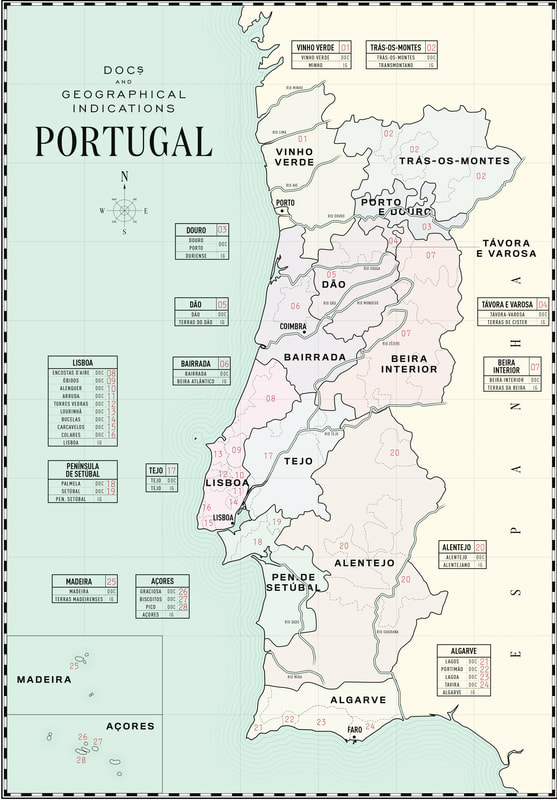
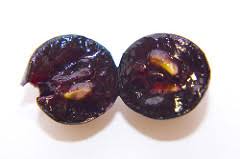
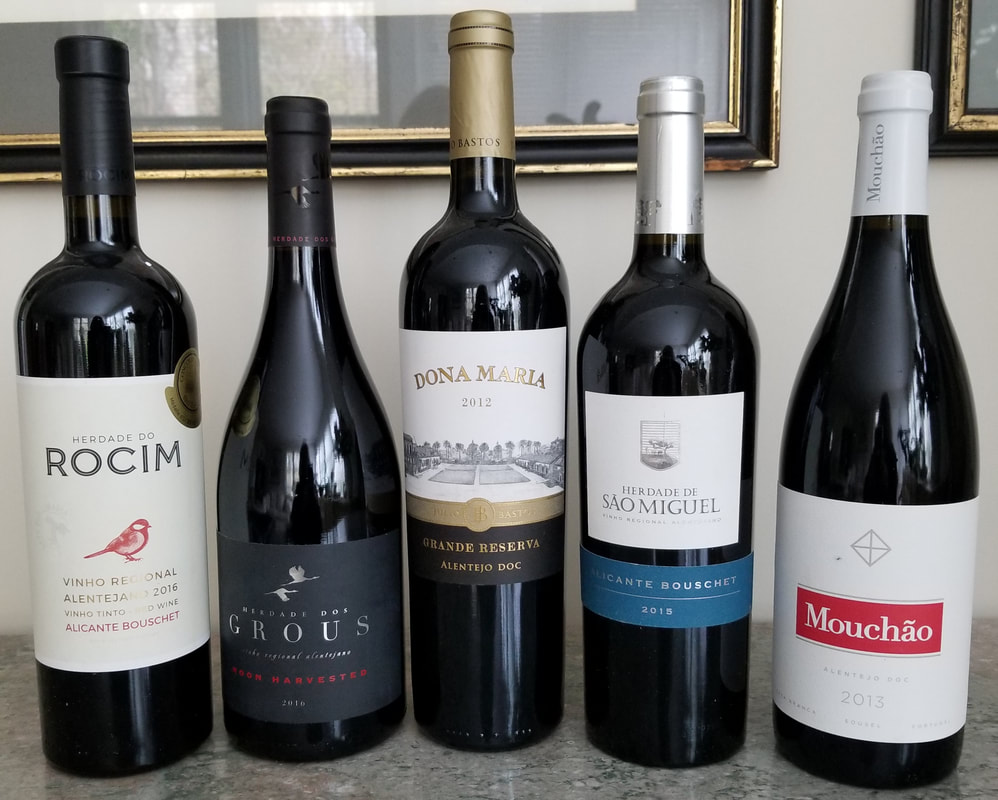
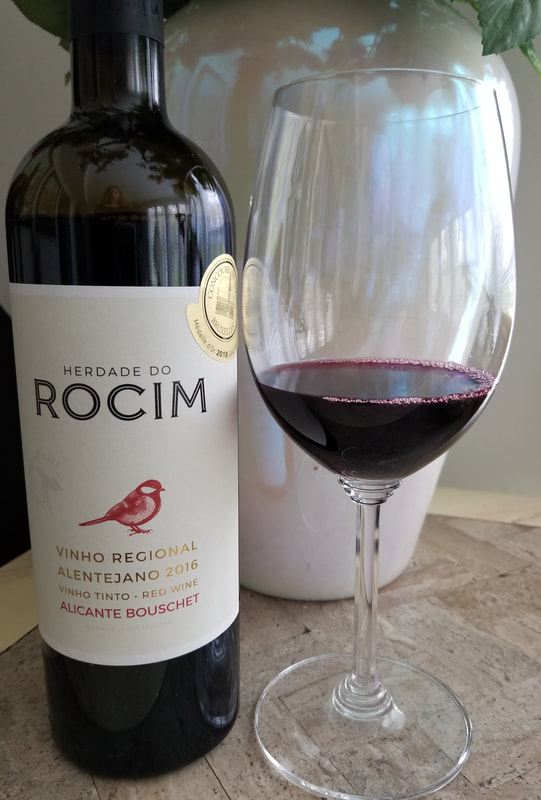
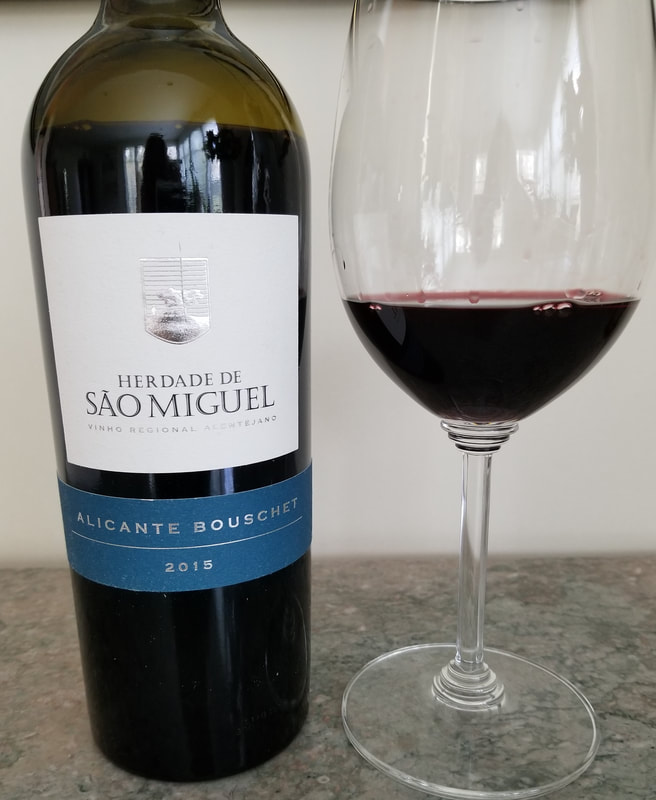
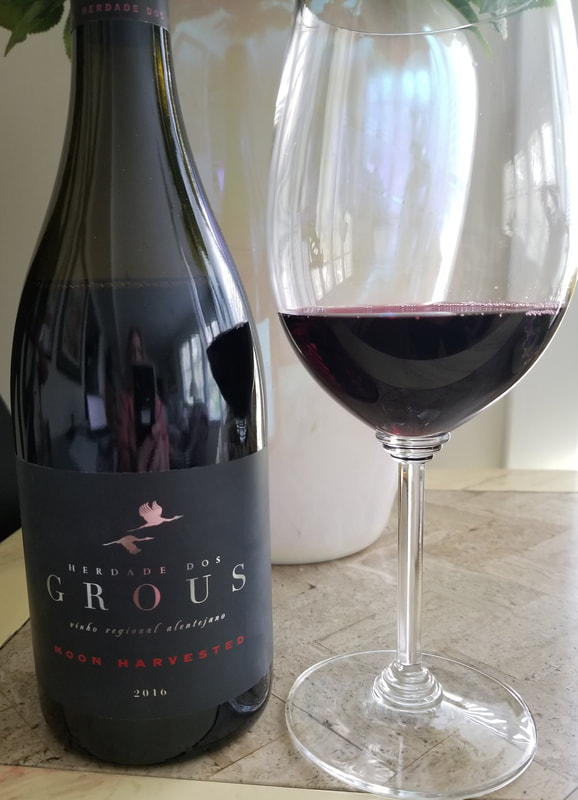
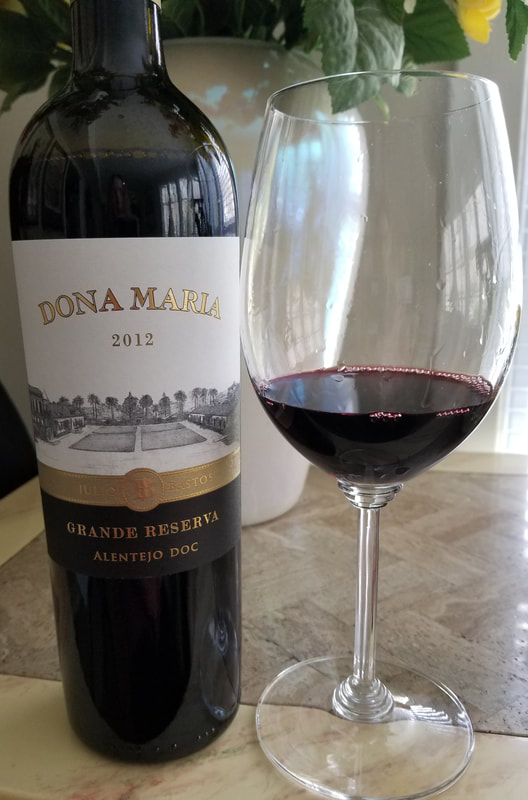
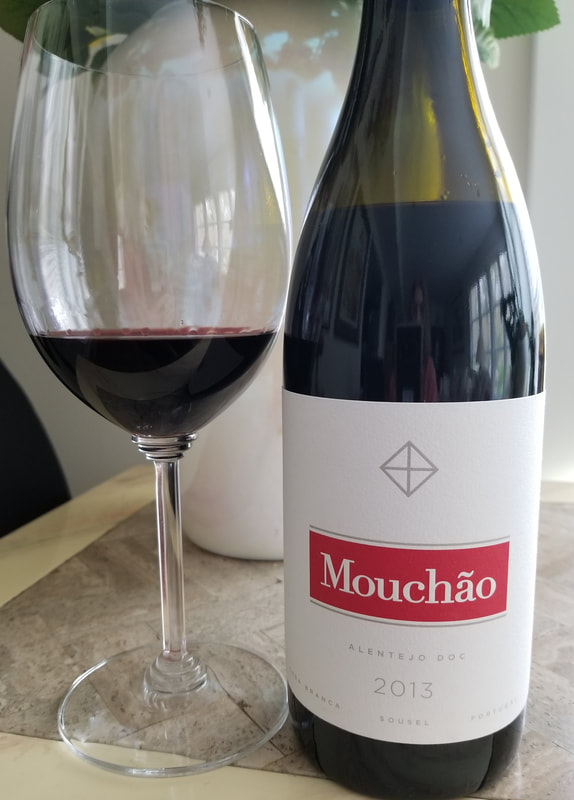

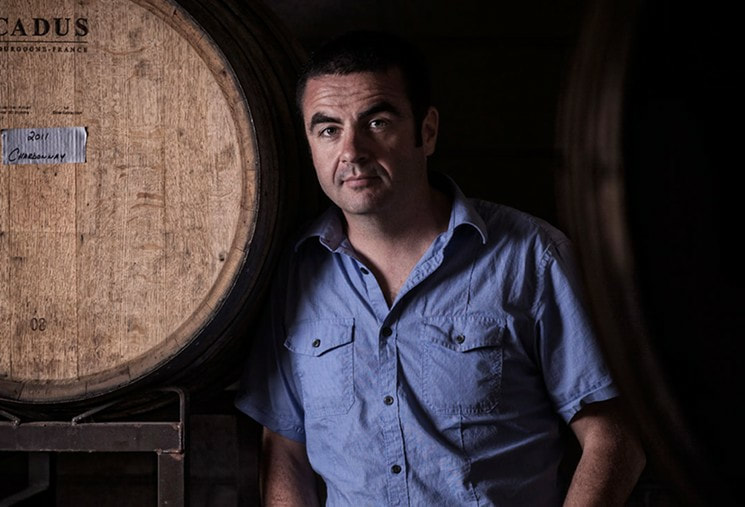
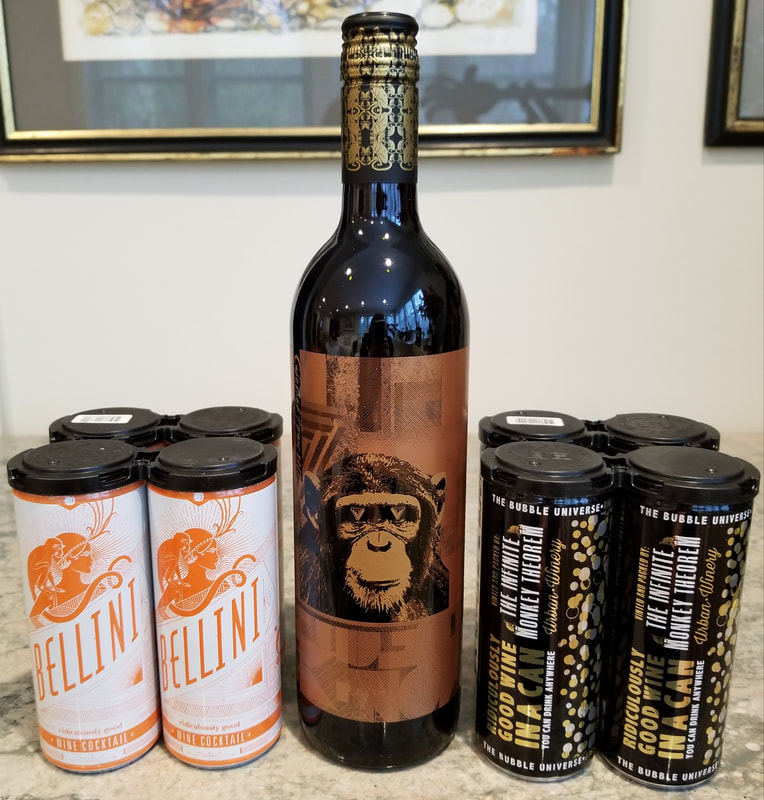
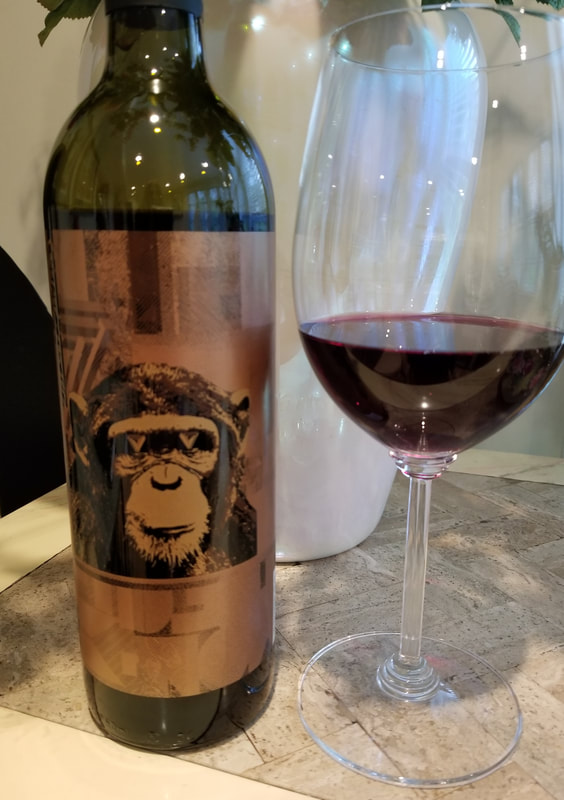
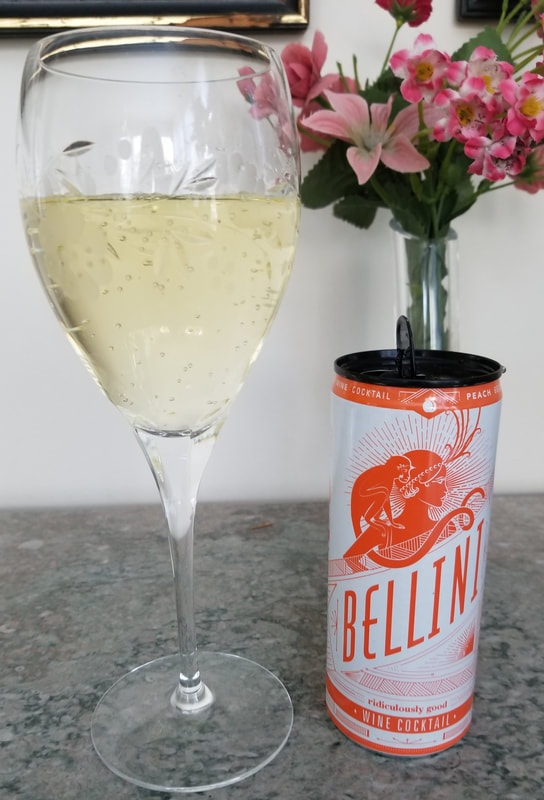
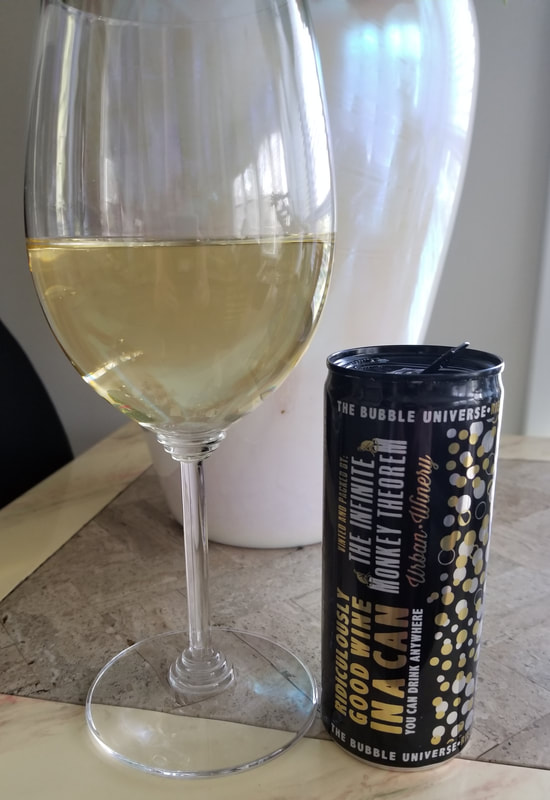
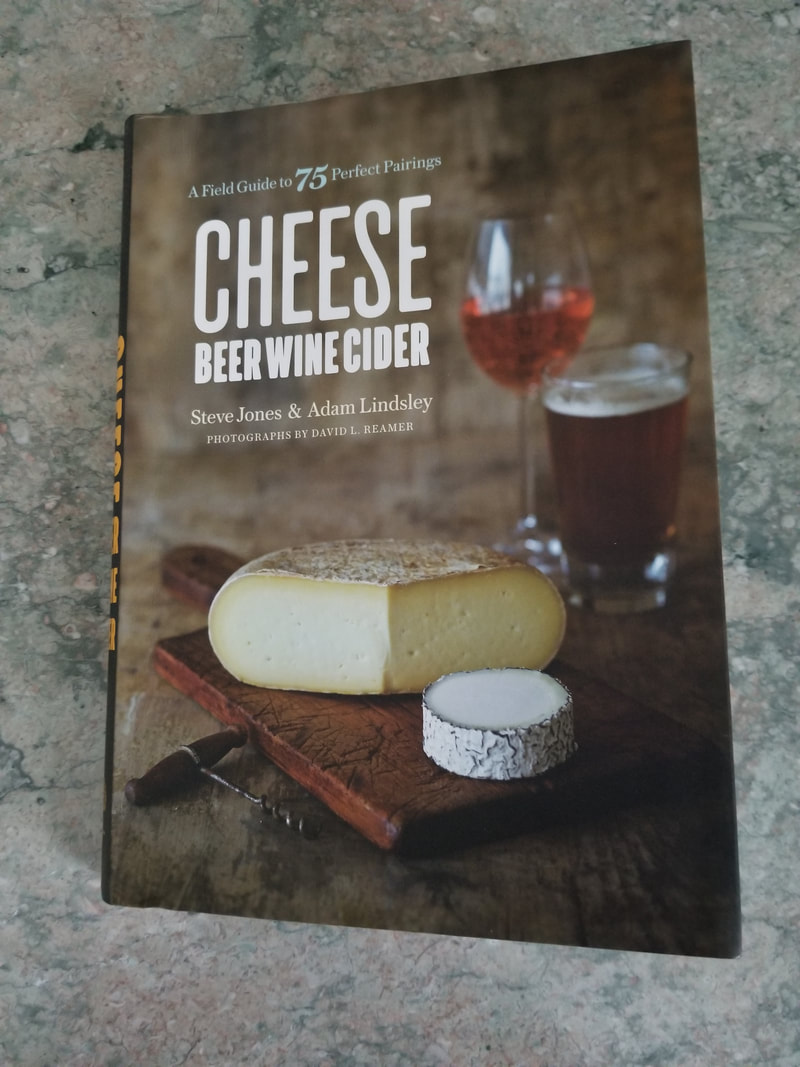
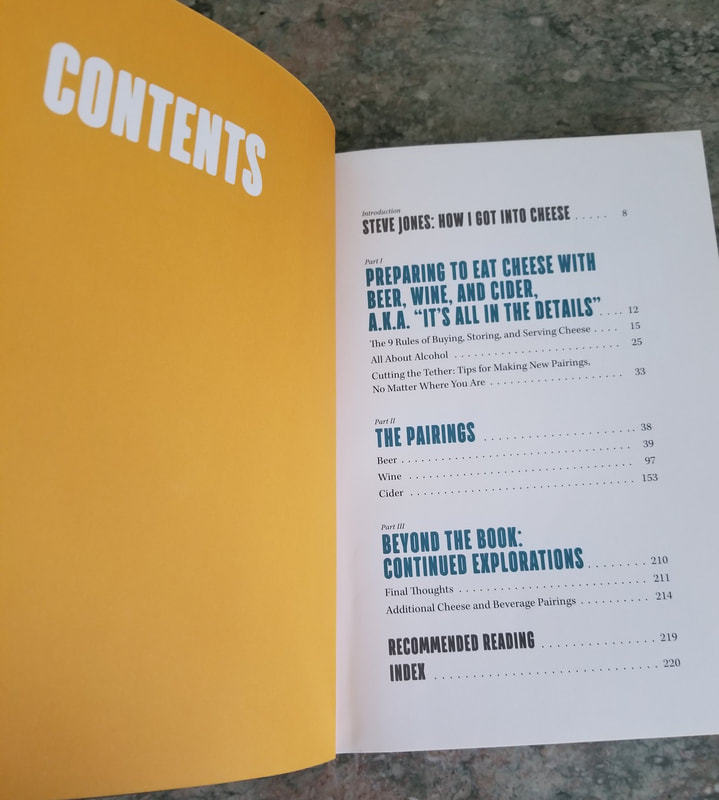
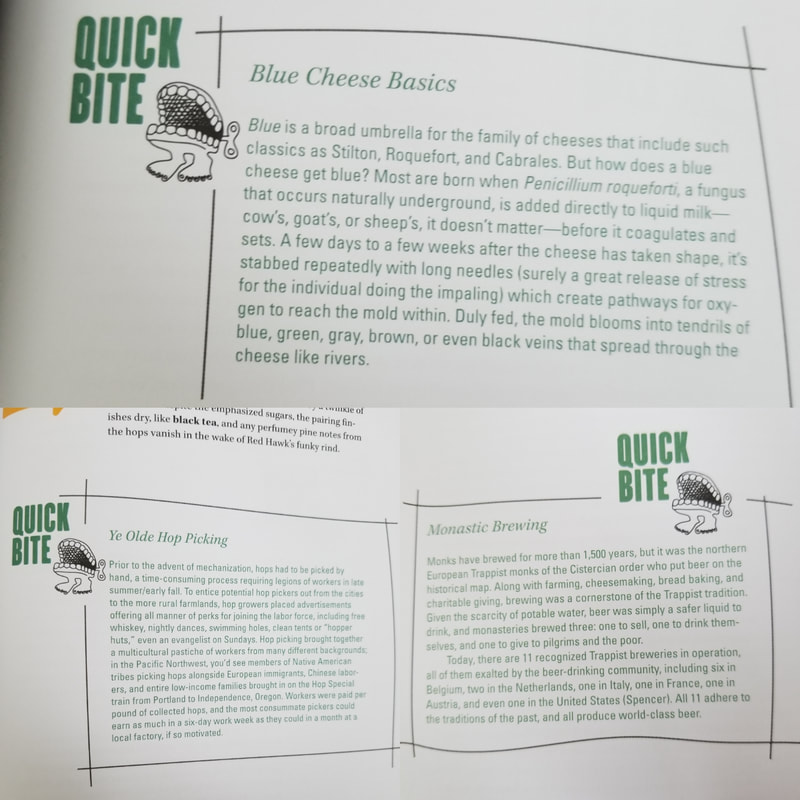
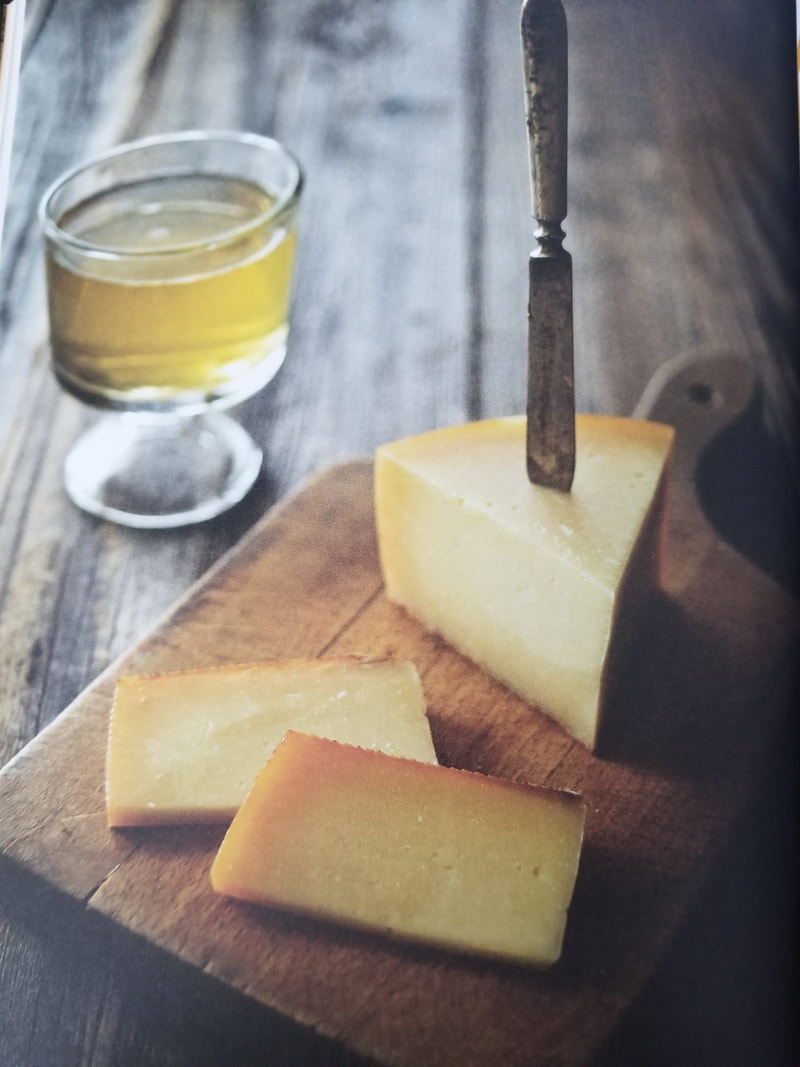
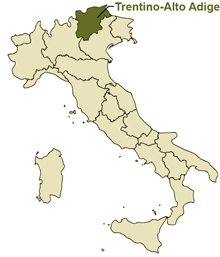
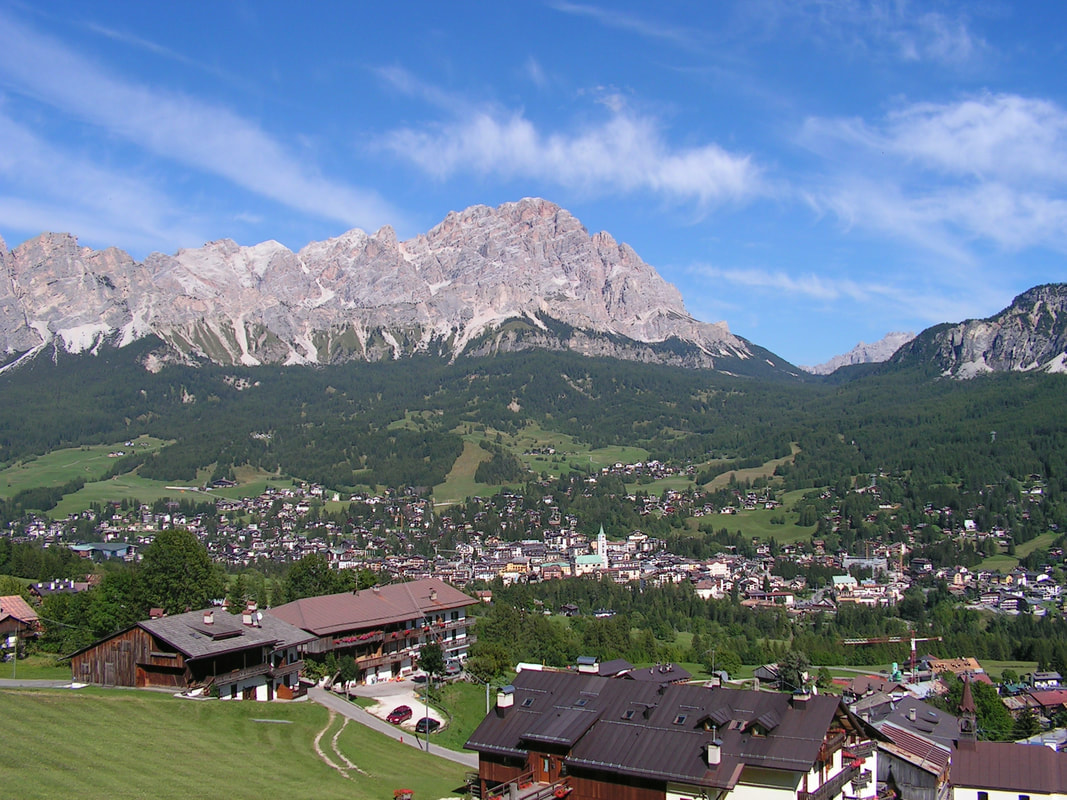
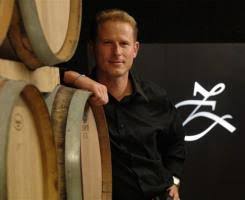
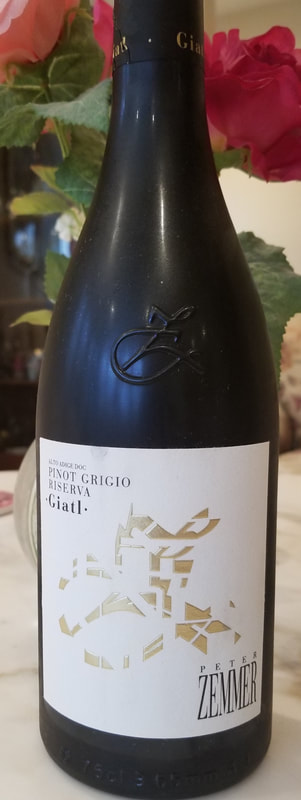
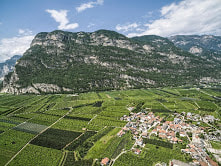
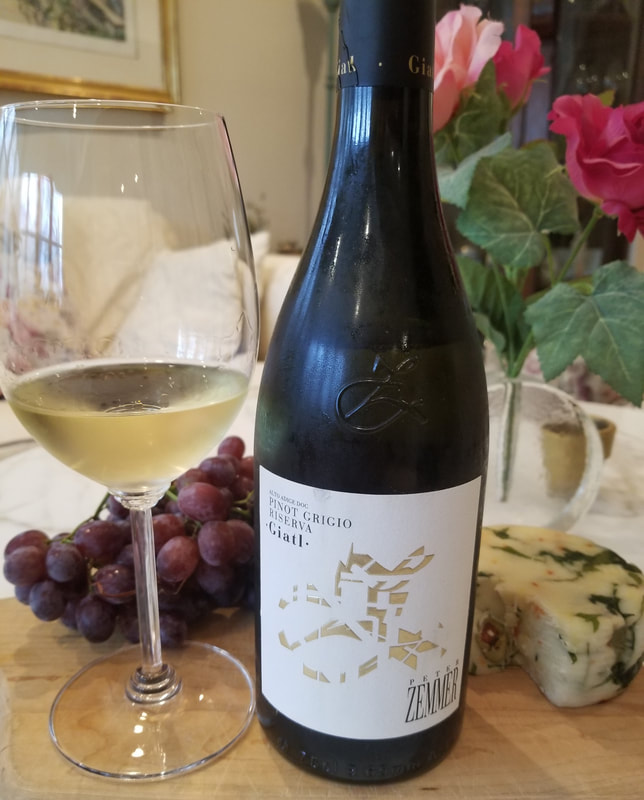
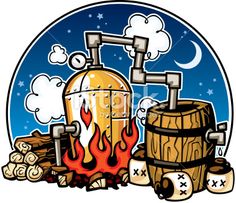


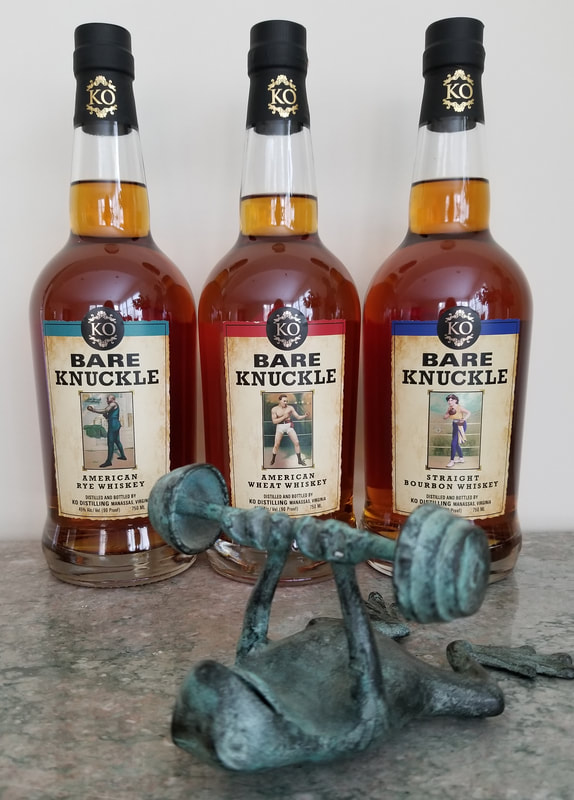
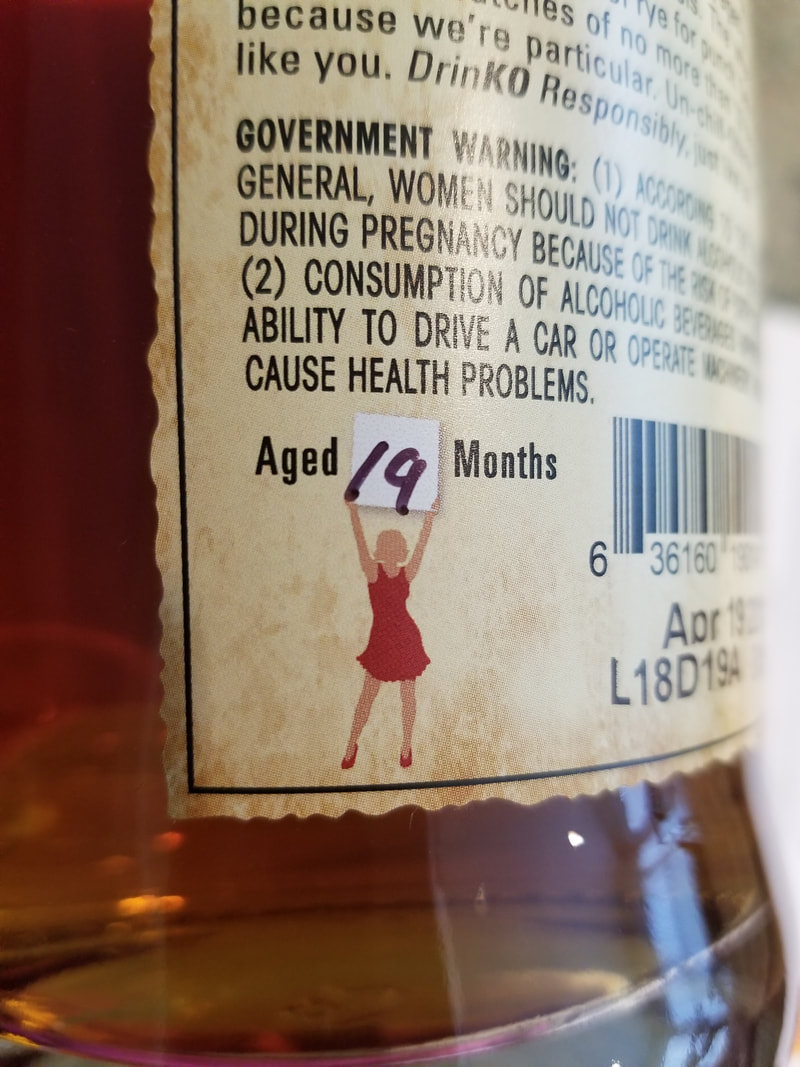
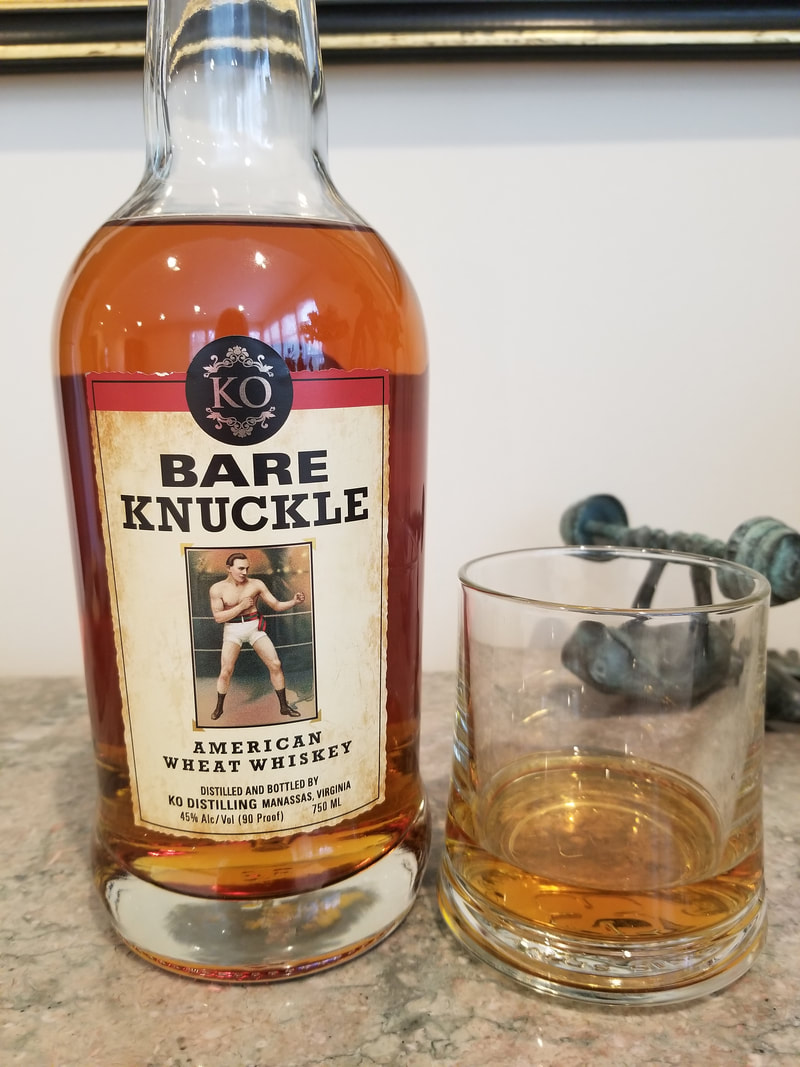
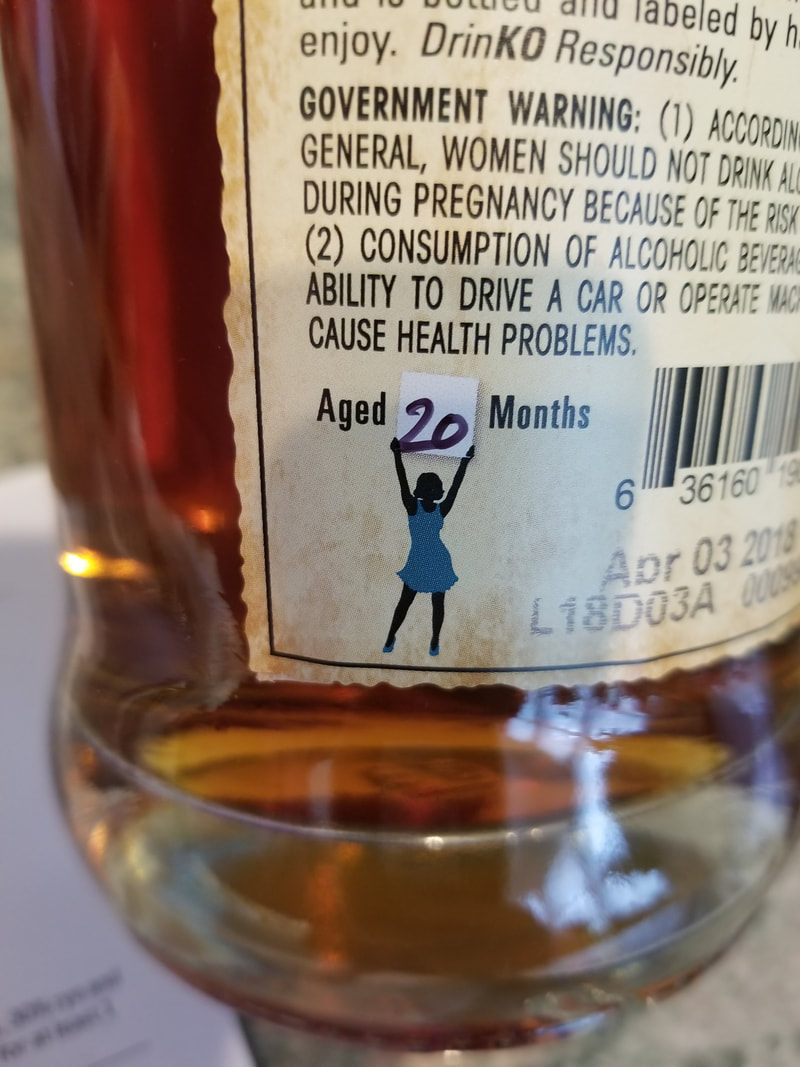
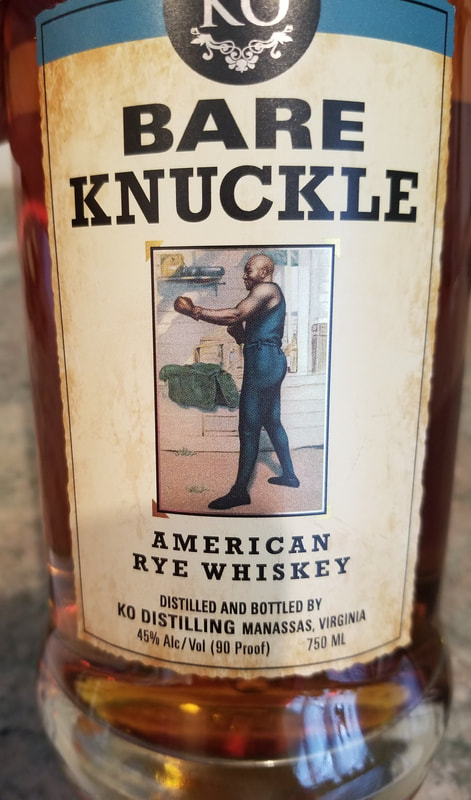
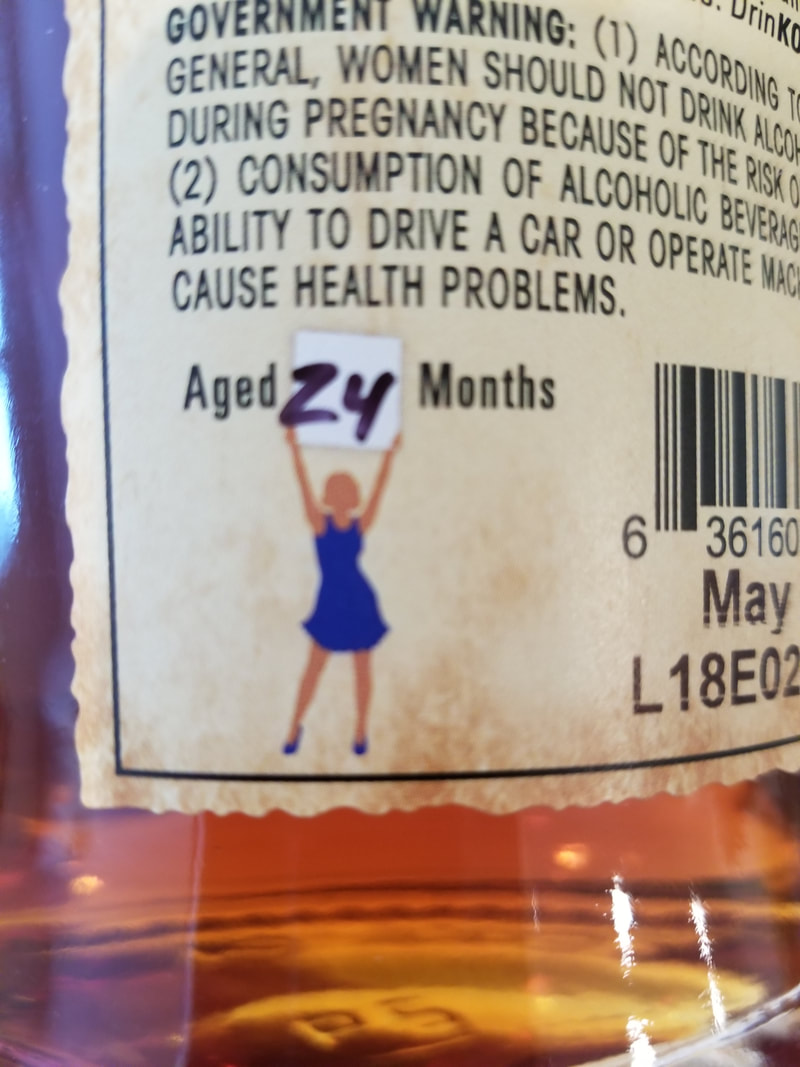
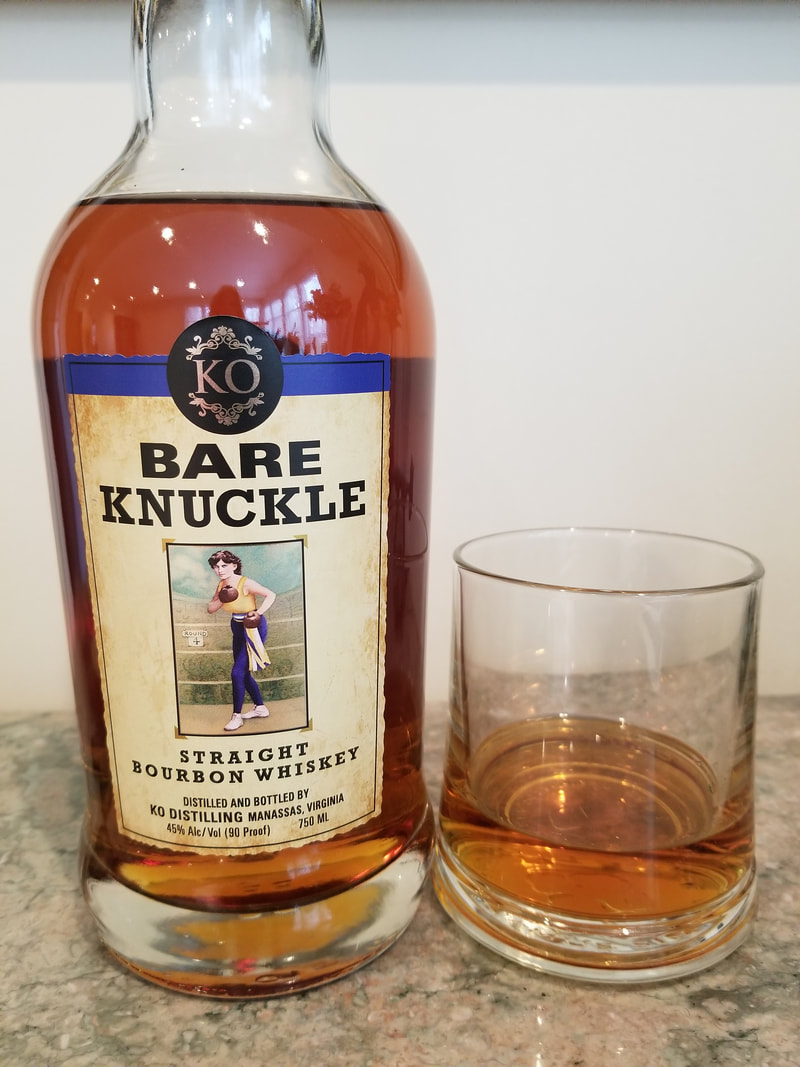
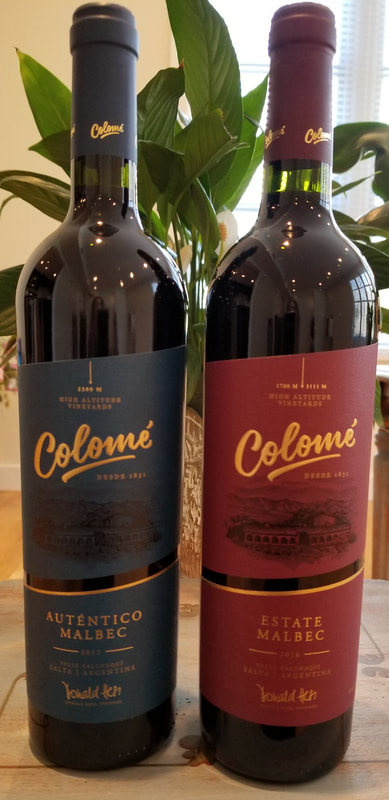
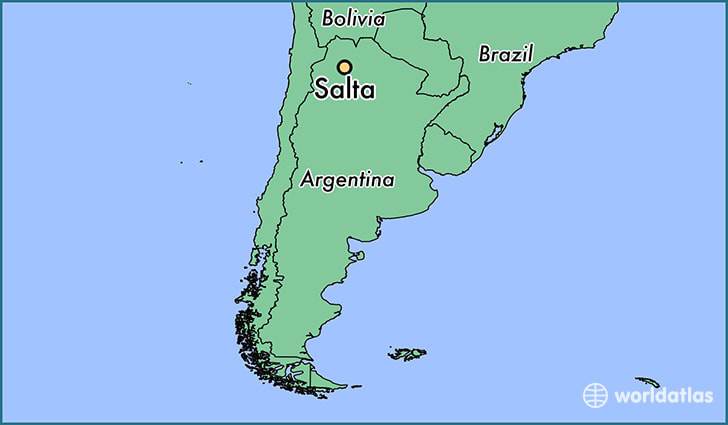
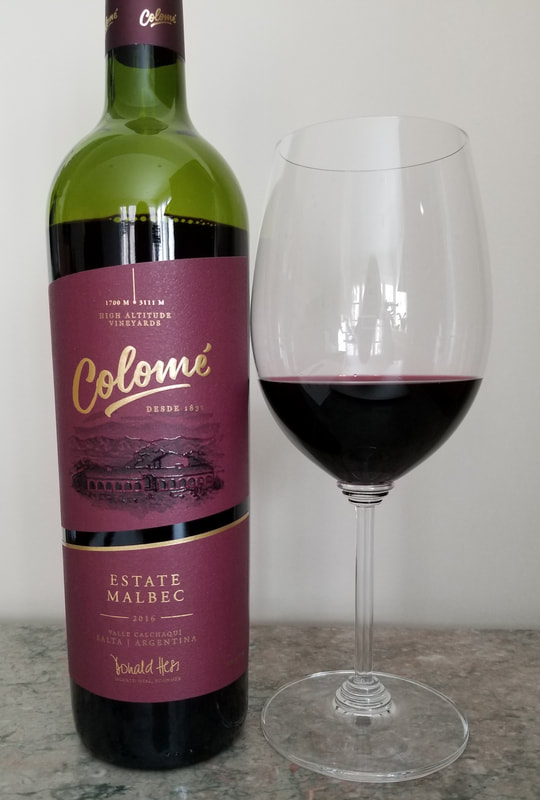
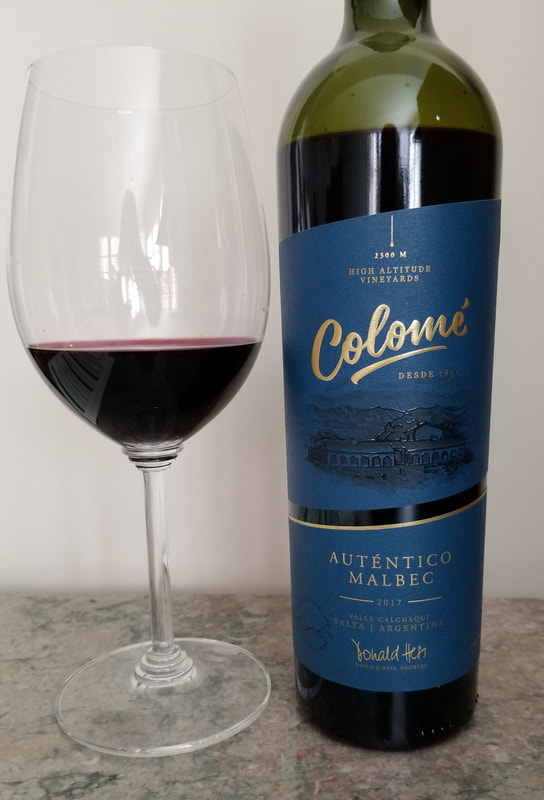
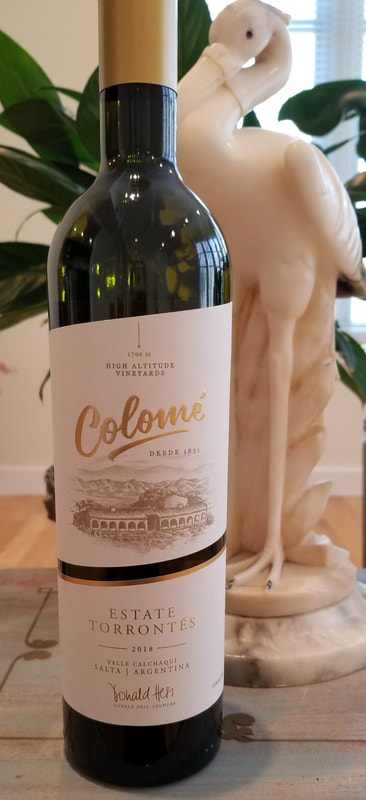
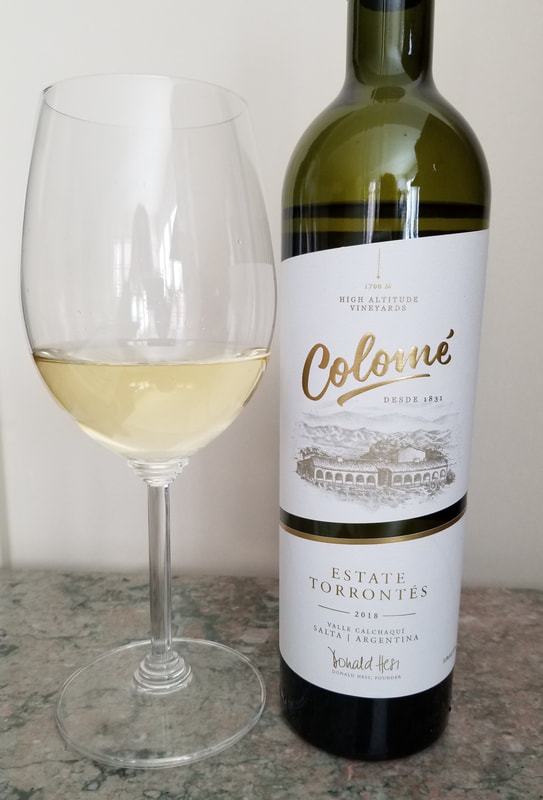
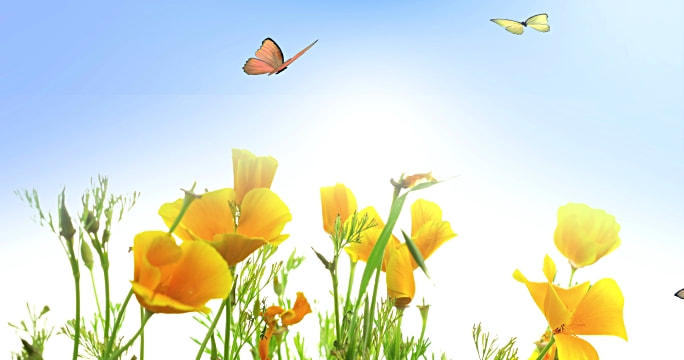
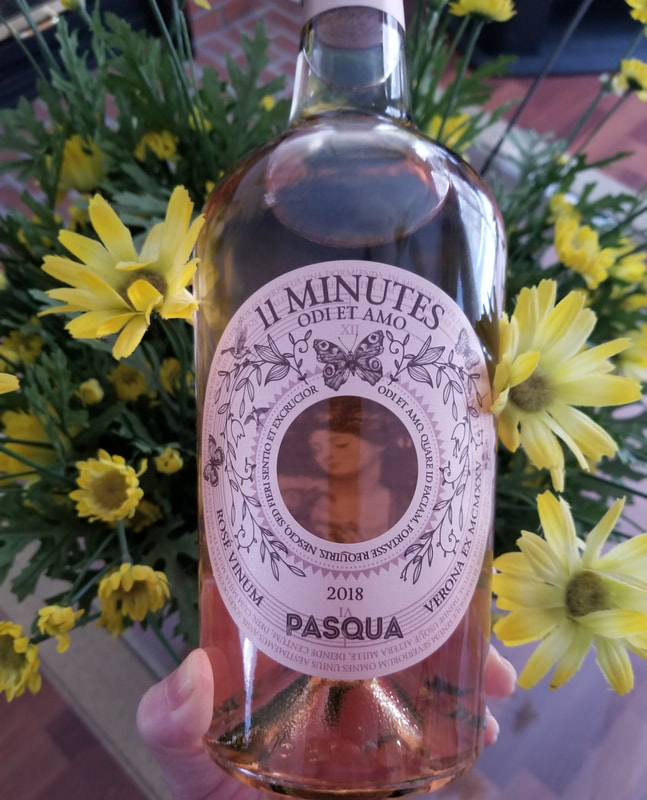
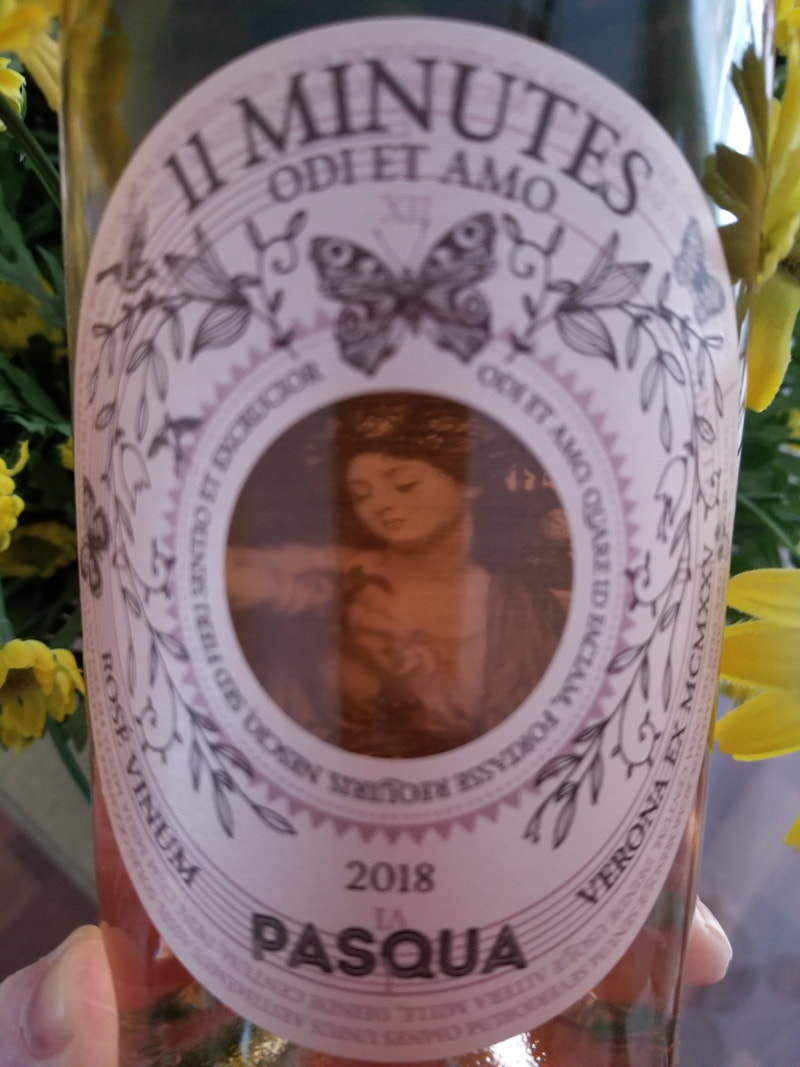
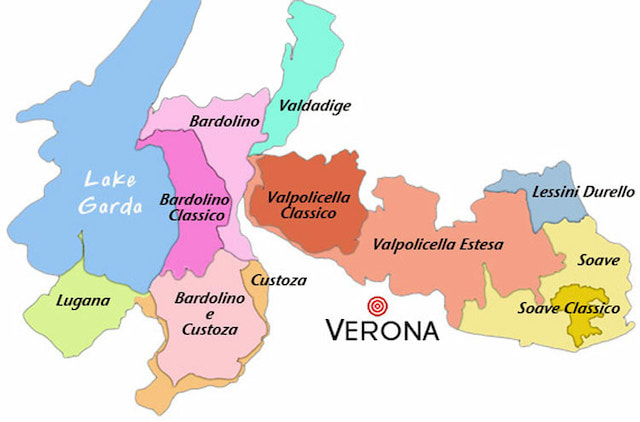

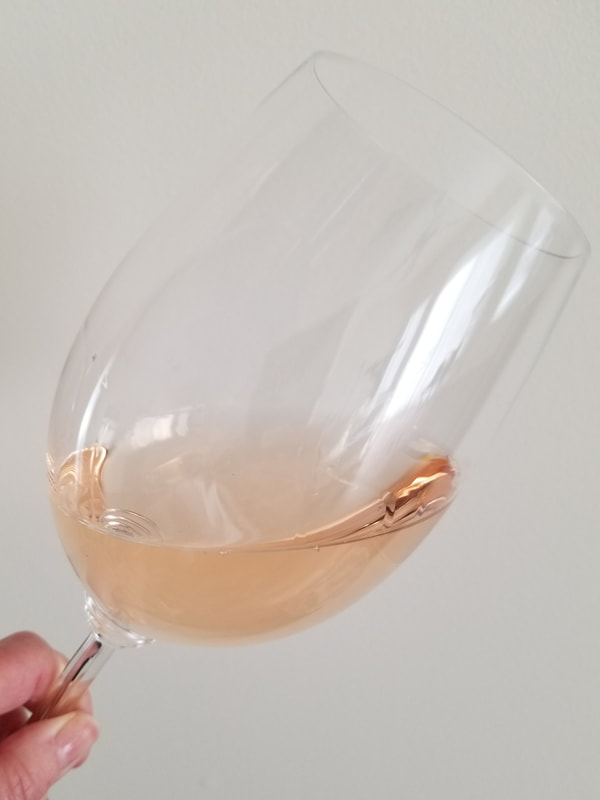
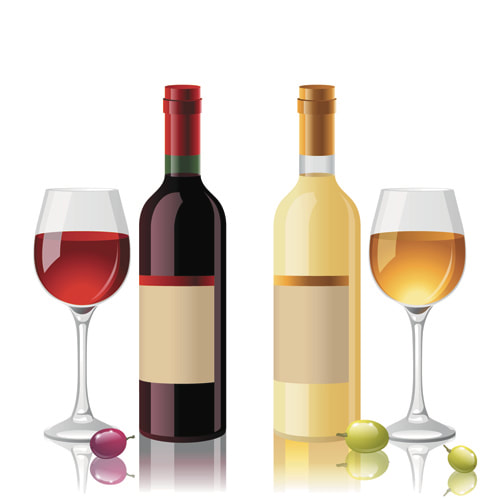
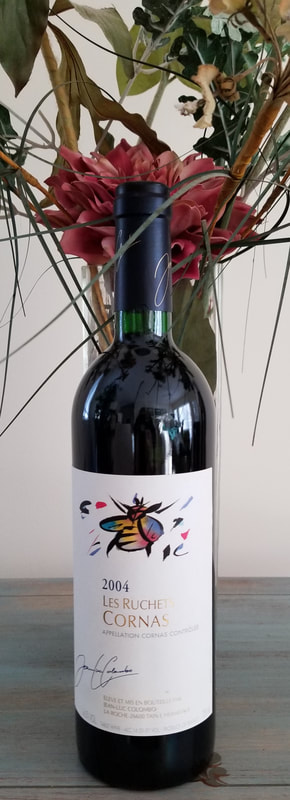
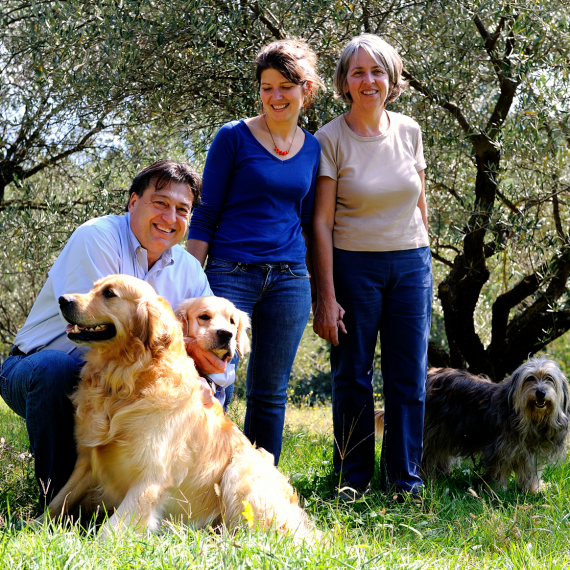
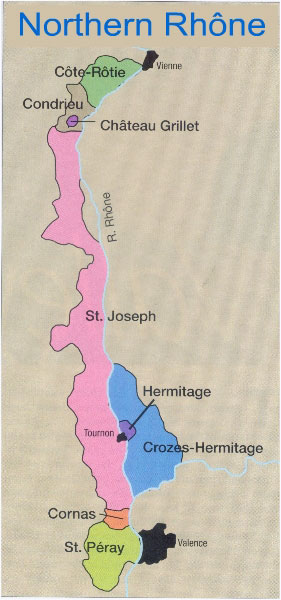
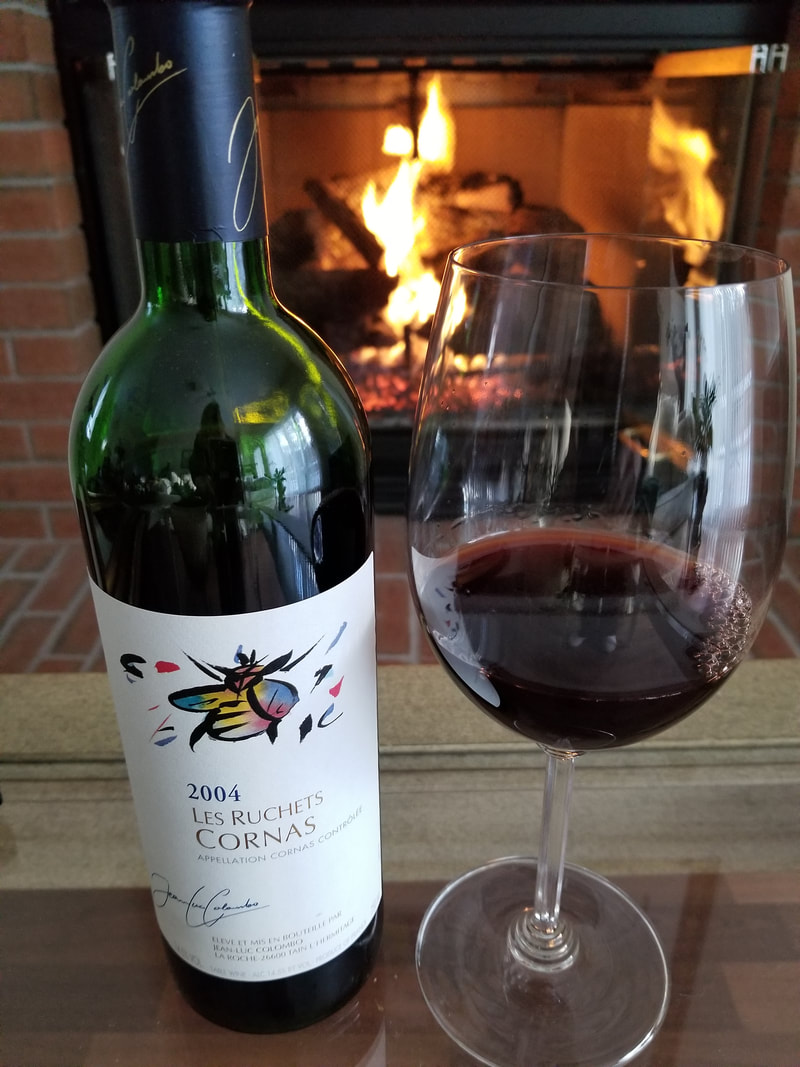
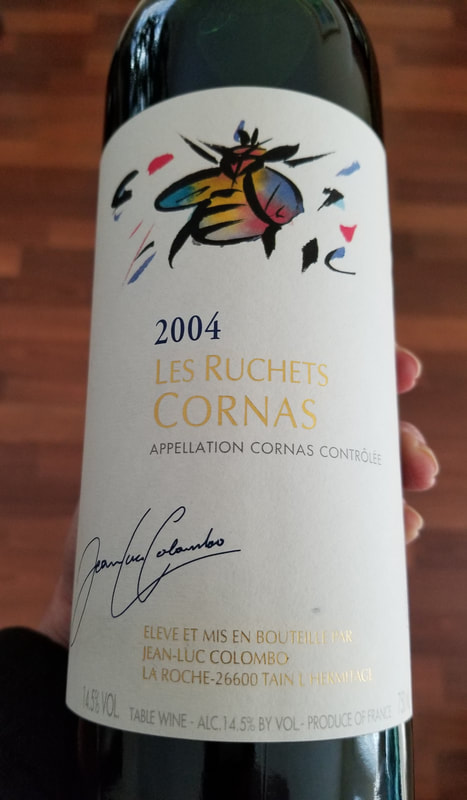
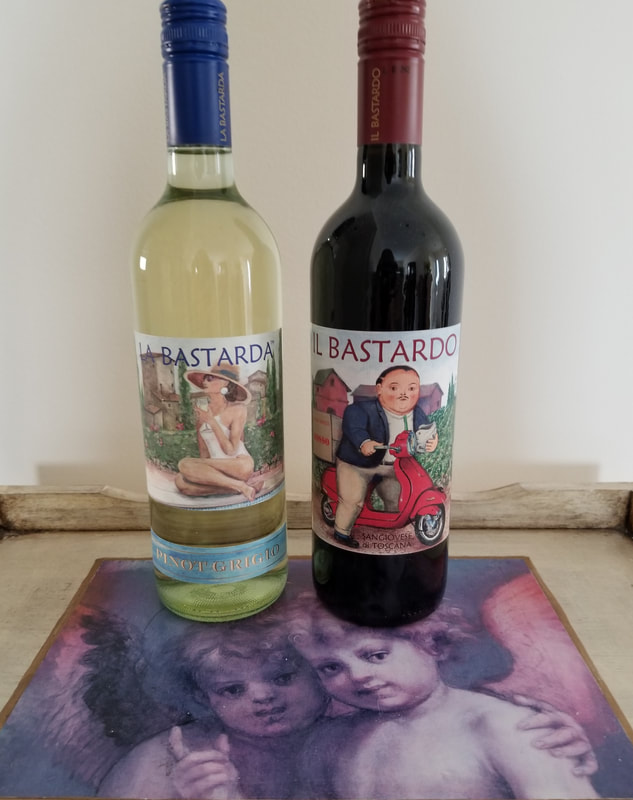
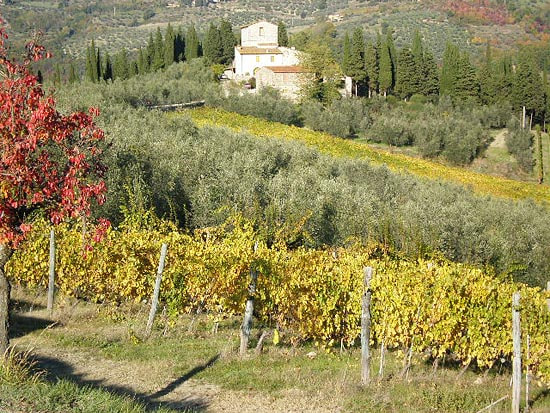
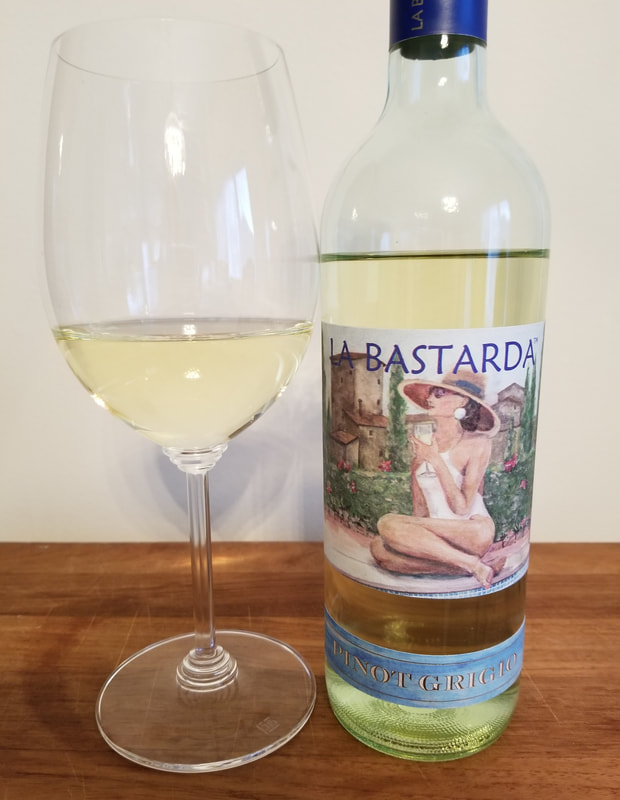
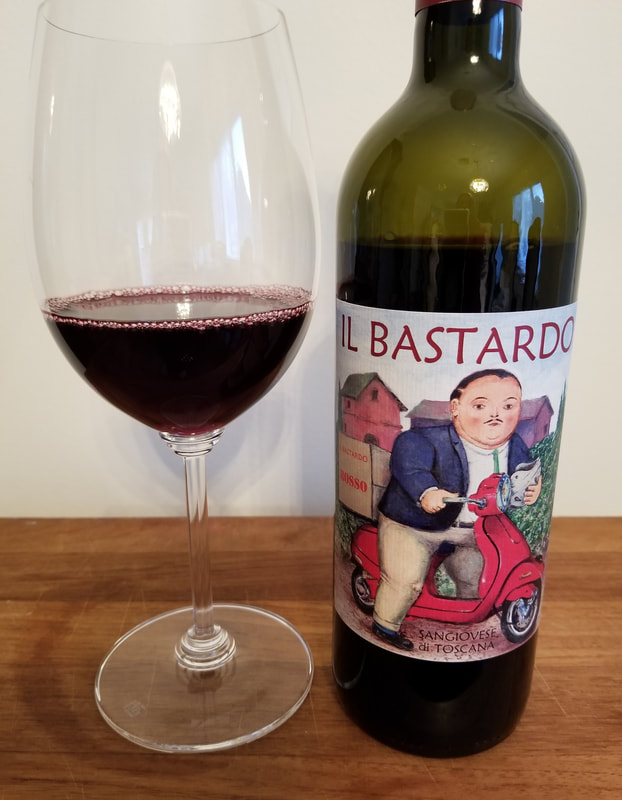
 RSS Feed
RSS Feed